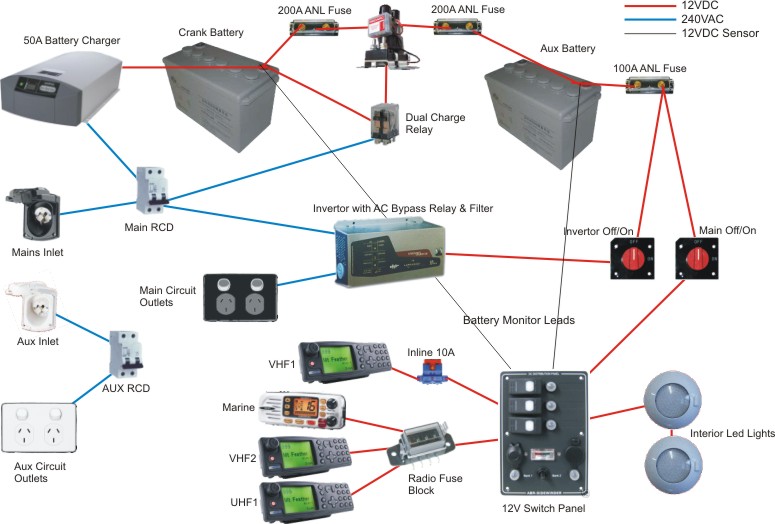Hello
I have an 09 d22 with dual batterys from factory.
I have just brought a car fridge and have been given a brand new n150 truck battery.
i want to set up a battery system to run the fridge, and i was looking for ideas on how to set it up.
My rough plan is to add a battery isolator to the original batteries, the via an
anderson connection or similar, add the truck battery to the rear.
Will my alternator be able to charge both batteries at once? also will it ruin the batteries if they are connected together? (stock battery and a n150 ca-ca battery)
my other option is to add a 240v charger via an inverter, to charge the n150 battery.
ideally i would like to be able to remove the fridge and n150 battery from the car when camping and be able to charge via a generator.
anyone got an opinion on how i should set this up?
I have an 09 d22 with dual batterys from factory.
I have just brought a car fridge and have been given a brand new n150 truck battery.
i want to set up a battery system to run the fridge, and i was looking for ideas on how to set it up.
My rough plan is to add a battery isolator to the original batteries, the via an
anderson connection or similar, add the truck battery to the rear.
Will my alternator be able to charge both batteries at once? also will it ruin the batteries if they are connected together? (stock battery and a n150 ca-ca battery)
my other option is to add a 240v charger via an inverter, to charge the n150 battery.
ideally i would like to be able to remove the fridge and n150 battery from the car when camping and be able to charge via a generator.
anyone got an opinion on how i should set this up?




